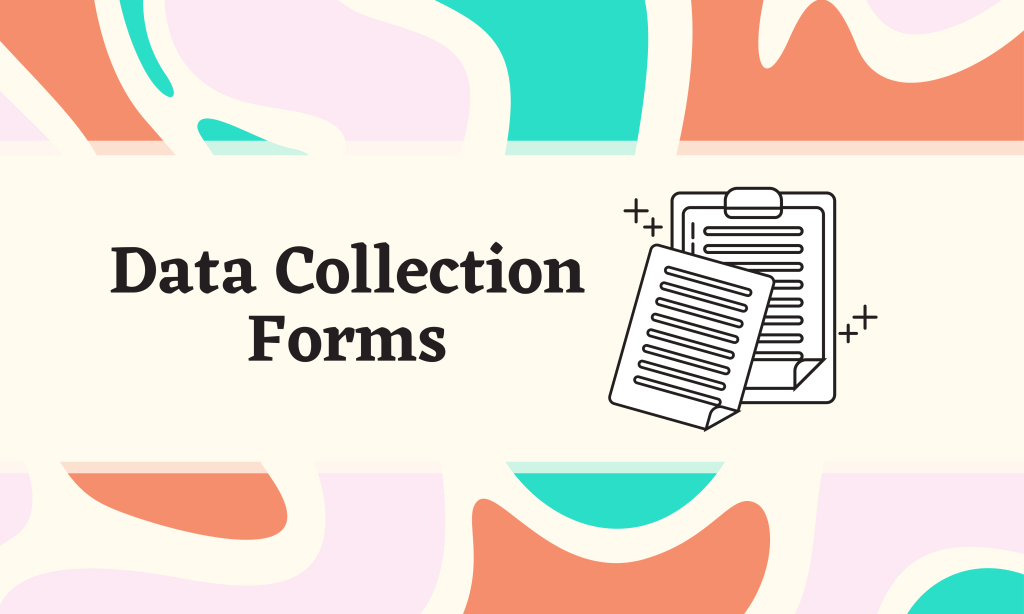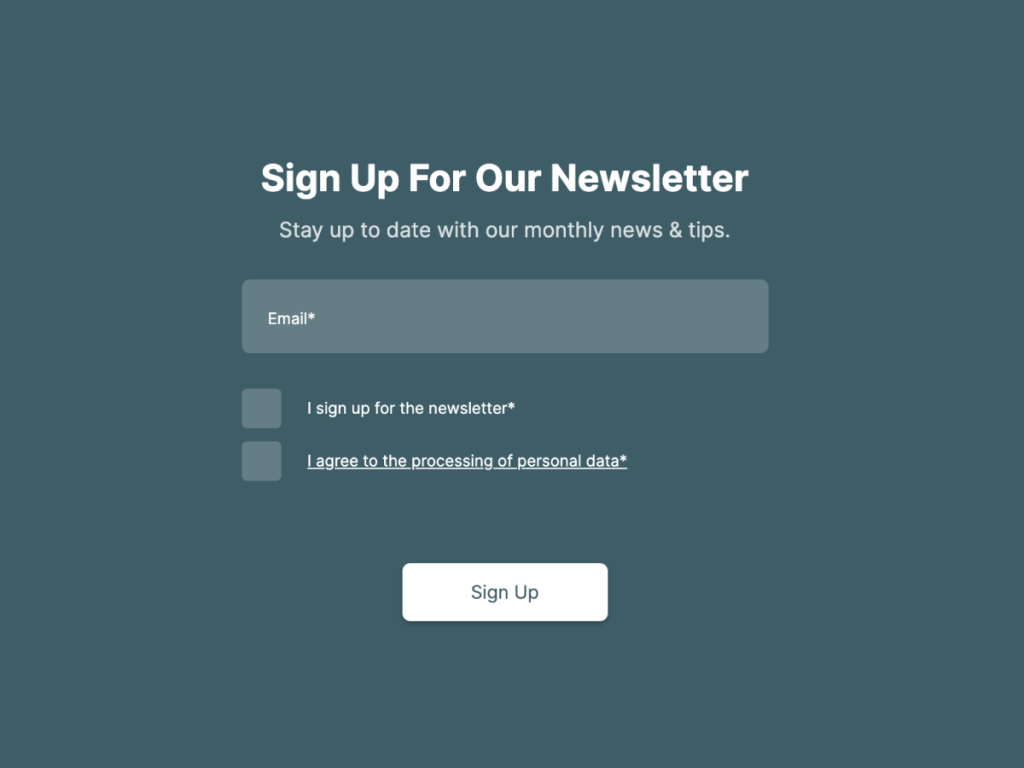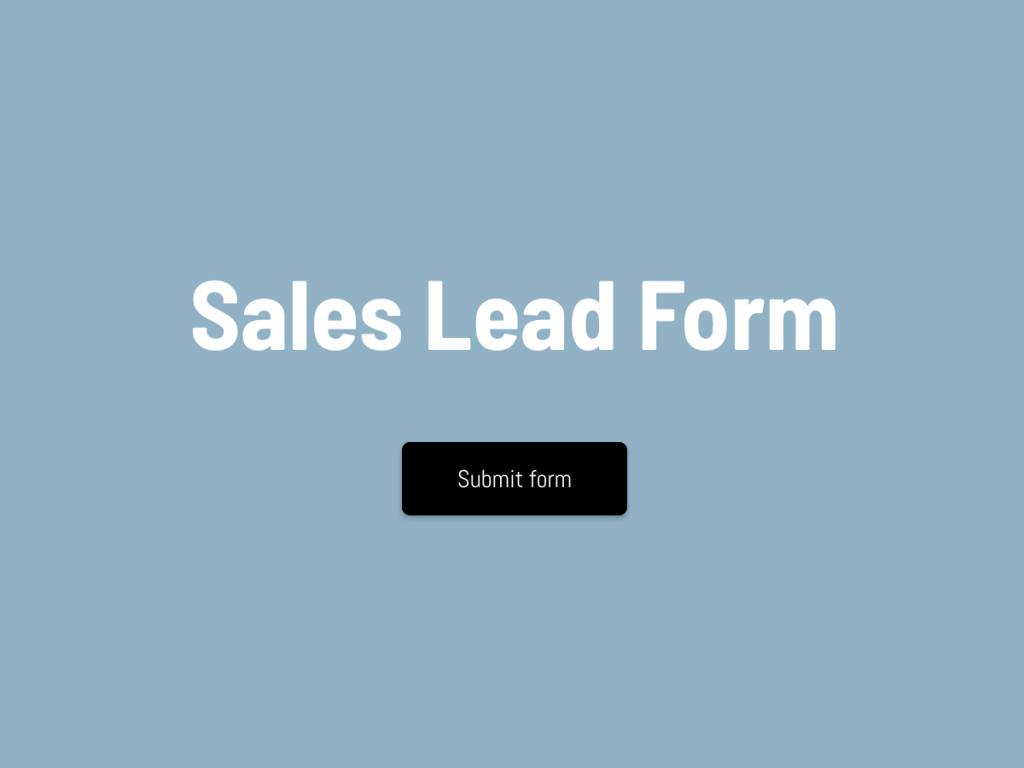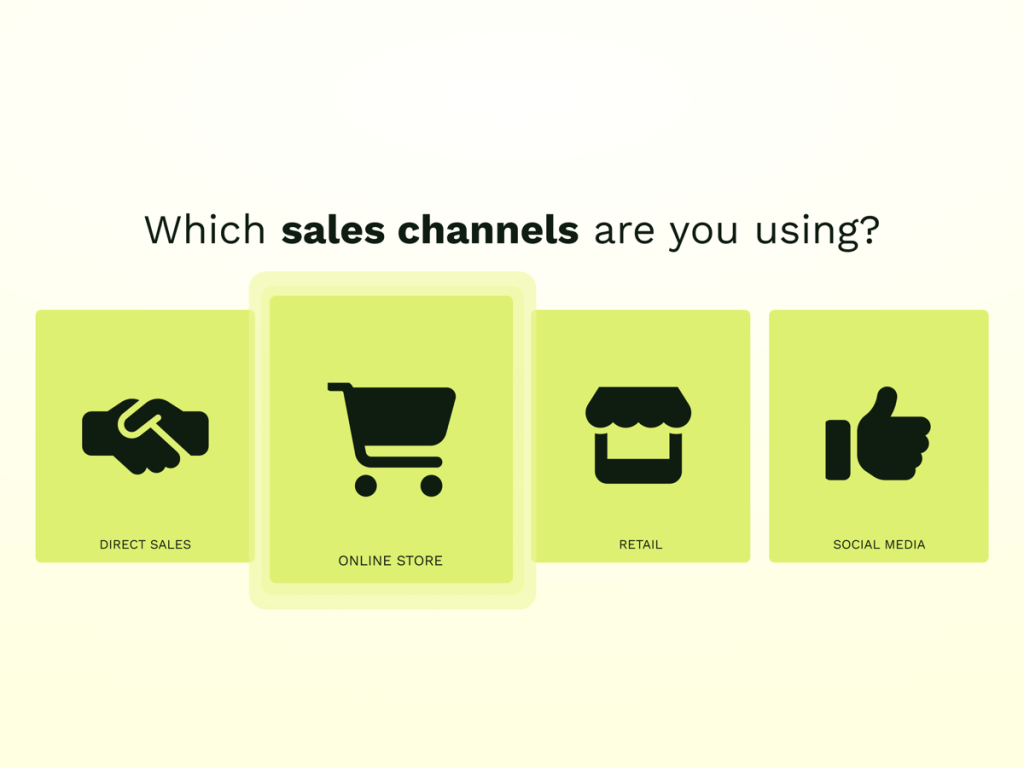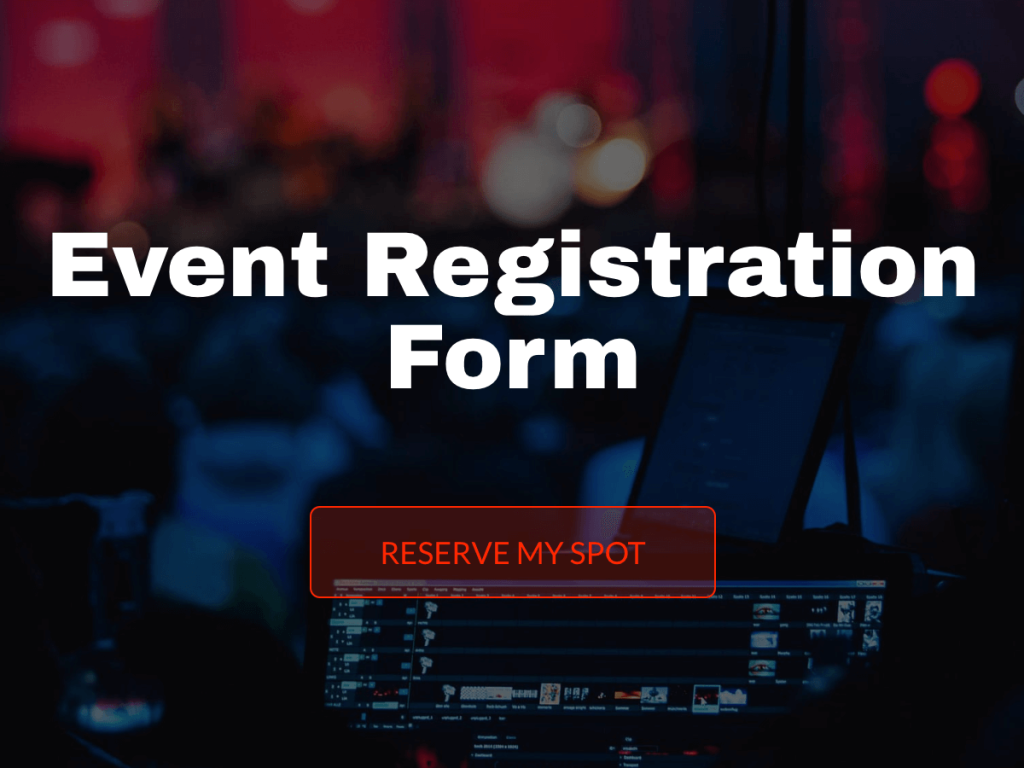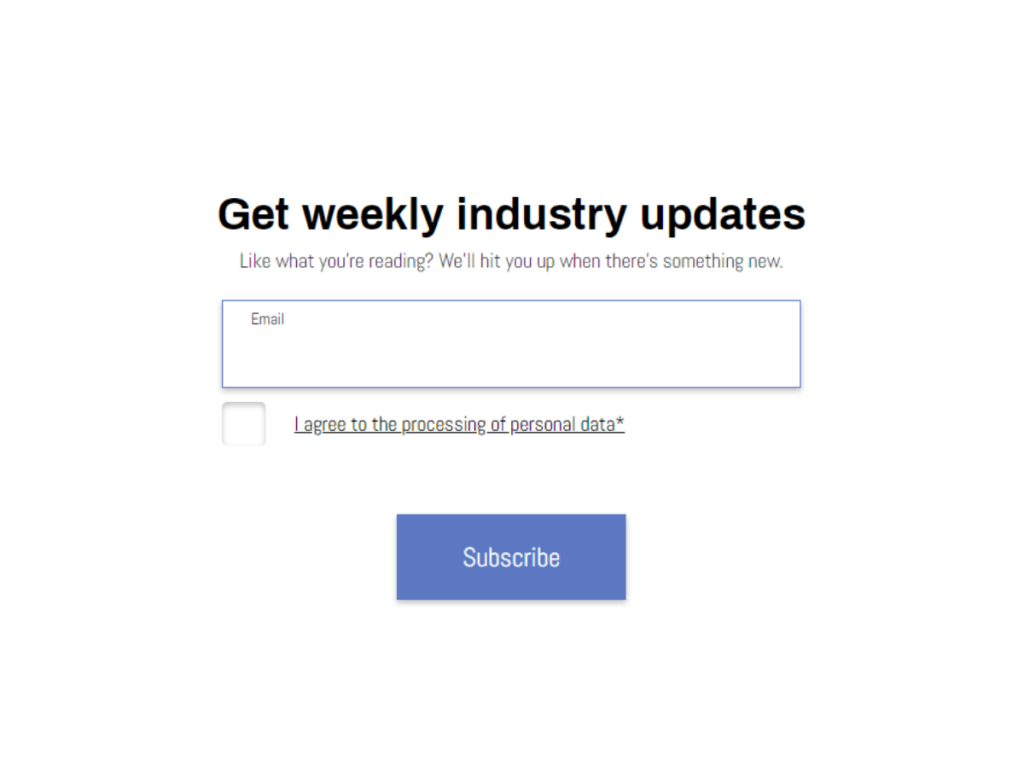Data collection forms help organizations gather the information they need to drive strategy and optimize operations. These forms are essential for capturing valuable insights directly from users, whether through customer feedback forms, research inquiries, or client data acquisition.
These digital forms can be designed to collect various types of data, making them versatile tools for companies aiming to understand their markets better, enhance user experience, or improve product offerings.
Did you know?
Businesses that effectively gather and utilize data are 23 times more likely to acquire new clients.
62% of retailers recognize a significant competitive advantage due to powerful data analytics.
Nearly half (49%) of companies now use marketing data to refine and improve customer experience.
This article will explore five essential tips for creating effective data collection forms that not only meet your business objectives but also engage and respect the user's time and effort.
1. Establish Form Purpose
Start by clearly defining what you aim to achieve with your online data collection form. Are you looking to gather customer feedback to improve service quality? Perhaps you're conducting a survey for market research, or maybe you're generating leads for a new product launch. Each objective will dictate different types of questions and form structures. Being precise about the form’s purpose ensures that each element of the form is focused and effective, minimizing unnecessary data and respondent fatigue.

Once the purpose is clear, it's crucial to communicate this effectively to your respondents. People are more likely to engage with your online form when they understand its relevance and the benefits that their participation offers.
For instance, if the form is intended to collect feedback to improve products, let respondents know how their input will be used to enhance their future experiences. This not only helps in increasing the completion rate but also in ensuring that the data collected is of a higher quality, as respondents feel their contribution is valuable and likely take the process more seriously.
2. Crafting Engaging Questions
The key to maintaining respondent interest and engagement throughout the form is variety. Incorporate a mix of question types such as multiple-choice, sliders, open-ended questions, and even dropdowns. This variety helps break the monotony and can make the form feel less like a chore and more like an interactive session. Each type of question serves a different purpose:
Multiple-choice questions are great for gathering specific data quickly and are easy to analyze.
Sliders can provide a visual and interactive element, ideal for capturing degrees of opinion or quantities.
Open-ended questions allow for more detailed, personalized responses, giving actionable insights into the respondent's thoughts or feelings.
For example, in a lead generation form for an agency, you might begin with a multiple-choice question to categorize the client's needs. Consider this scenario:
Initial Question: "What services are you looking for?" with options such as "Video Production," "Web Development," and "App Development."
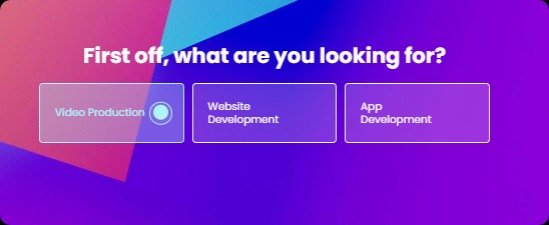
Once the respondent selects an option, you can follow up with more specific questions based on their choice to gather more detailed requirements:
Follow-up for Video Production: If they select "Video Production," a drop-down list could then ask, "What channel is the video intended for?" with options like "Social Media," "Television," "Online Advertising," etc. This helps tailor the form to gather more relevant and precise data.

3.Improve User Experience
Long forms can be daunting and lead to respondent fatigue, which often results in lower completion rates or hastily filled answers that can compromise data quality. To prevent this, it’s essential to keep your forms concise. Prioritize questions that are directly aligned with your objectives and eliminate any that are not absolutely necessary. You can also add contact forms to collect contact details. Each question should have a clear purpose, contributing directly to the goals of your data collection.
Minimalistic Design
Use clear, legible fonts and a clean layout to avoid visual clutter that can distract or confuse respondents. A minimalistic design approach helps maintain focus on the questions, making the form appear easier and faster to complete.
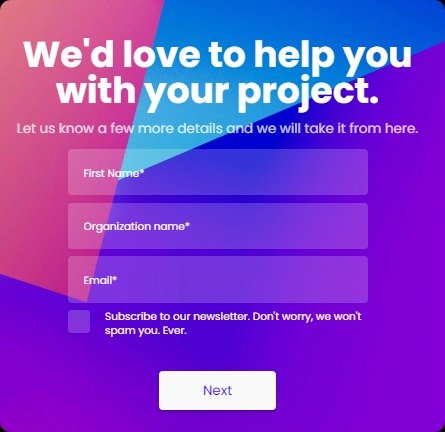
Ensure that the form is accessible and aesthetically pleasing on all devices, from desktops to smartphones. A responsive design adjusts to different screen sizes and orientations, making it convenient for users to complete the form anytime, anywhere. This is especially important as mobile internet usage continues to rise, and many users may only access your form via a mobile device.
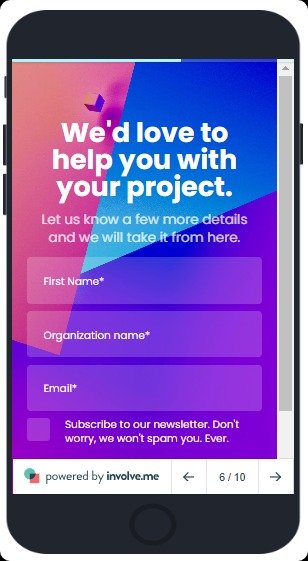
4. Implement Validation Rules
Validation rules in data collection forms serve as the safeguards of data integrity and accuracy. Implementing these rules effectively can significantly enhance the quality of the collected data, reducing the time and resources spent on data cleaning post-collection
For example, if a user enters an invalid email format, the error message should say something like "Please enter a valid email address, such as user@example.com." These messages should be polite and constructive, guiding the respondent to correct the mistake without causing frustration or confusion.
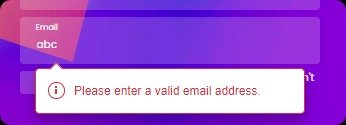
Clearly indicate which fields are mandatory by marking them with asterisks or another visual cue. This helps ensure that no relevant data is missing when the form is submitted.
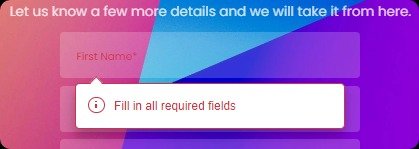
Additionally, implement range checks for numerical inputs to prevent unrealistic or erroneous inputs. For instance, if your form asks for age, set a range that reflects your target demographic, such as 18 to 99. This prevents users from entering data like 0 or 200, which are likely to be mistakes and can skew your data analysis.
5. Utilizing Conditional Logic
Conditional logic in forms is a powerful feature that can greatly enhance the respondent experience by making the form appear smarter and more interactive. It involves setting up "if-then" scenarios that adapt the content of the form based on the user’s previous inputs.
For Example:
If a user indicates that they are interested in "Web Development" services, subsequent questions can focus specifically on related topics like preferred programming languages or platforms, rather than showing irrelevant options. This personalization makes the form feel more tailored to the individual’s needs and can lead to more accurate and useful responses.
Data Analysis
Once data is collected, it undergoes analysis to derive valuable insights that can shape business strategies and decision-making processes. Data entry, seamless data transfer, and collecting data efficiently are critical steps that facilitate this journey from raw data to actionable insights. Ensuring accuracy during data entry and using technologies that support seamless data transfer are fundamental to maintaining the integrity of the data collected.
Analyzing such well-curated data reveals trends, predicts outcomes, and provides a solid foundation for informed business strategies. A key metric to initially focus on is the response rate, which is the percentage of participants who completed the form out of the total number of viewers. This metric is crucial as it helps gauge the effectiveness of the form and the level of engagement from the targeted audience.
Additionally, examining partial submissions, instances where users begin but do not finish the form, can offer insights into potential issues within the form itself. Analyzing at which point users typically drop off can help identify questions or sections of the form that may be too lengthy, confusing, or irrelevant, which could be causing user fatigue.
Creating Data Collection Forms with involve.me
With involve.me, an online form builder, you can quickly create interactive forms, surveys, and quizzes. This platform offers an intuitive drag-and-drop editor, a vast array of data collection form templates, and an innovative AI form generator that enables even novices to design professional-looking forms effortlessly. Additionally, involve.me supports multimedia integration, payment gateways, and comprehensive analytics, providing a complete solution for any data collection requirement.
So, why wait? Start data collection process with a pre-designed data collection form template or use the involve.me AI form generator. Simply give it a prompt, and have your online forms ready to publish in no time.
Create Your Own Data Collection Forms
Start with 350+ Templates
Customer Onboarding for Energy Industry Template
Newsletter Signup Form for Real Estate Template
Sales Lead Form Template
B2B Lead Magnet Template
Event Registration Template
Subscribe To Newsletter Template

